I’ve lived in France so long that I’m perhaps too accustomed to seeing Very Old Monuments. So it’s not surprising that my two favorite Cahors spaces were of the old-meets-new variety.
Les Halles de Cahors
Les Halles. Do these words conjure up images of a warty, decaying Parisian shopping center and/or half the name of a metro station you do all that’s humanly possible to avoid?
It’s time to get out and about to towns where Les Halles are making a huge comeback. These enclosed food markets where you can sip a drink, have a snack, and pick up fresh food are becoming the new place to be and buy. So much so that my town is even building one from scratch.
Cahors didn’t have to take that drastic step. Its Halles were constructed in 1865 as a grain market and in the 1930s, turned to selling foodstuffs. They have undergone an extensive series of renovations, and their latest incarnation was inaugurated in December 2019 to much fanfare.
Then Covid hit. Now, inflation has hit. And these decidedly non-hard-discount food outlets can be a bit pricey. But merchants assured me that business was going strong.
Unfortunately, the more I spoke with them, the more I got shy about taking close-up photos. There’s something weird about chatting with a butcher and then zooming in on his prize slab of pork. But fortunately, the Wednesday morning market was taking place outside, allowing me to capture a summer squash moment.
As of this writing, Les Halles are open from Tuesday to Saturday, with a short closure from 2pm to 3:30 pm, and on Sunday mornings. The pizza stand (yes, I said pizza stand) and bistrot have longer hours. Market days in Cahors are Wednesday and Saturday.
Le Musée Henri Martin
Albi is home to the Musée Toulouse-Lautrec. Rodez scored the magnificent Musée (Pierre) Soulages. And Cahors got Le Musée Henri Martin.
I fully admit I had never heard of Henri Martin. (Well, have you?) Yet his works, and the recently-renovated museum bearing his name, became the highlight of my stay. Here’s why:
The museum cries out “relax and stay a while”
From a sign informing children that “it’s okay to talk in a museum,” to the colorful lounge areas, this is a feel-good space.
It has a sense of humor
You have to love a museum that crowns the bust of the most famous Cadurcien of them all, French statesman Léon Gambetta, with bright yellow sunrays.
The man himself — Henri Martin
The Bridge at Labastide-du-Vert in Spring, Henri Martin, 1911
In a museum, I usually take lots of lovely photos for ill-defined future use, then proceed to never consult them again. Here, I mainly took truly awful photos for clearly-defined future use, so you’re admiring some works thanks to Wikiart.
But let’s get back to the point. Henri Martin, 1860-1942, was a post-impressionist artist with deep connections to the Lot department. At the turn of the century, he set up his workshop in Labastide-du-Vert, 21 kilometers from Cahors, and made the area the subject of scores, if not hundreds, Lotois landscapes and scenes of country life.
Ramparts at Colliure -- not in the Lot, but I like this one
I loved Henri’s paintings and, although he was an artist of some note, I think he merits a grander reputation. Maybe he simply spent too much time painting mega mural projects. One of them is prominently displayed in Cahors, and has a great story too.
La Fenaison Dimensions H 380 cm L 780 cm (in other measurement systems=huge)Acquired by France’s national collections in 1910, this immense and impressive work was immediately displayed in the Musée de Luxembourg (Paris) for over 20 years. But in 1933 it was exiled, quite incongruously given its agricultural theme, to the Chamber of Commerce in Brive-la-Gaillarde, where it reminded businesspeople of the importance of haymaking for nearly 60 years.
In 1995, the Musée d’Orsay decided its home was in Cahors. The work was, perhaps unceremoniously, rolled up, then languished in the depths of the Cahors city collection for nearly 25 years. Finally, as plans took shape to redo the city museum, the painting became the object of a major renovation project, carried out in Marseille and partly financed by patrons of the arts.
It’s a long, nitty-gritty story, but one I’m happy to tell because that’s precisely why I’m here.
There is much more to Le Musée Henri Martin than just Henri. It features a wide variety of artists and eras, spanning from prehistoric to modern times, including a moving selection by artists who sought shelter in the Lot department during WWII. Go if you can — and don’t hesitate to take your kids. They can talk all they want there.
Cahors, or how to brighten up a suffering city center
The museum, closed in late 2015 for “studies and work,” reopened in 2022 after a 6-year renovation. It’s part of a slew of urban renewal projects led by a clearly ambitious local government.
Cadurciens told me that downtown had been dumpy a few decades back. It’s changed.
My final Cahors installment will be a mix-up of all sorts of random experiences I loved.
Then it will be time to move on. I’m already feeling nostalgic.
I reached 100 subscribers this very day! Thanks to all of you, and welcome to my new subscribers! I’m embarking on a late-in-life travel project focusing on France’s small-to-middling towns. If you want to know more, you can get a glimpse in my first post, From Bucket List to Wine Glass List.

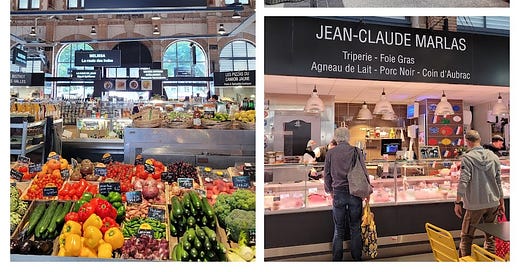




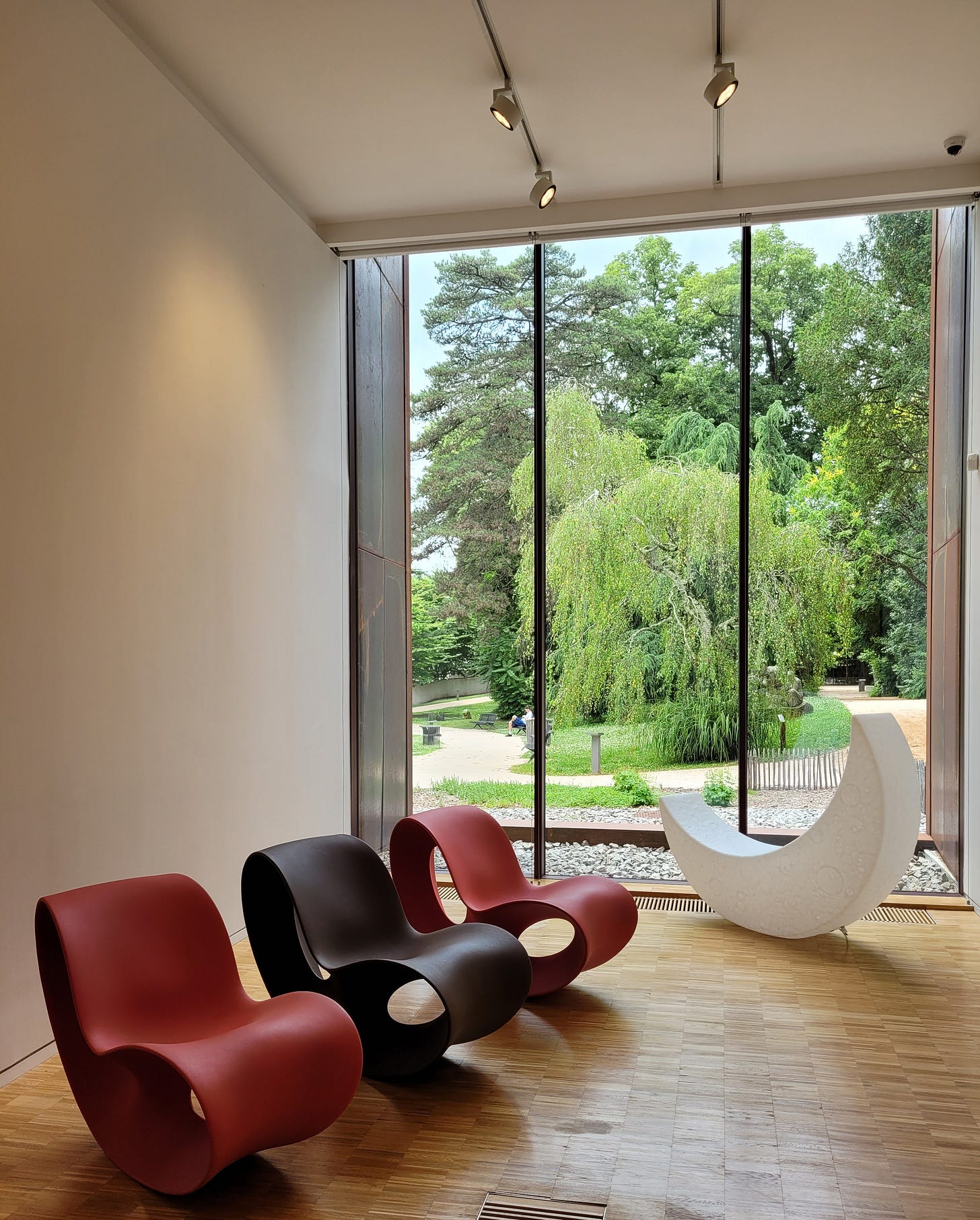
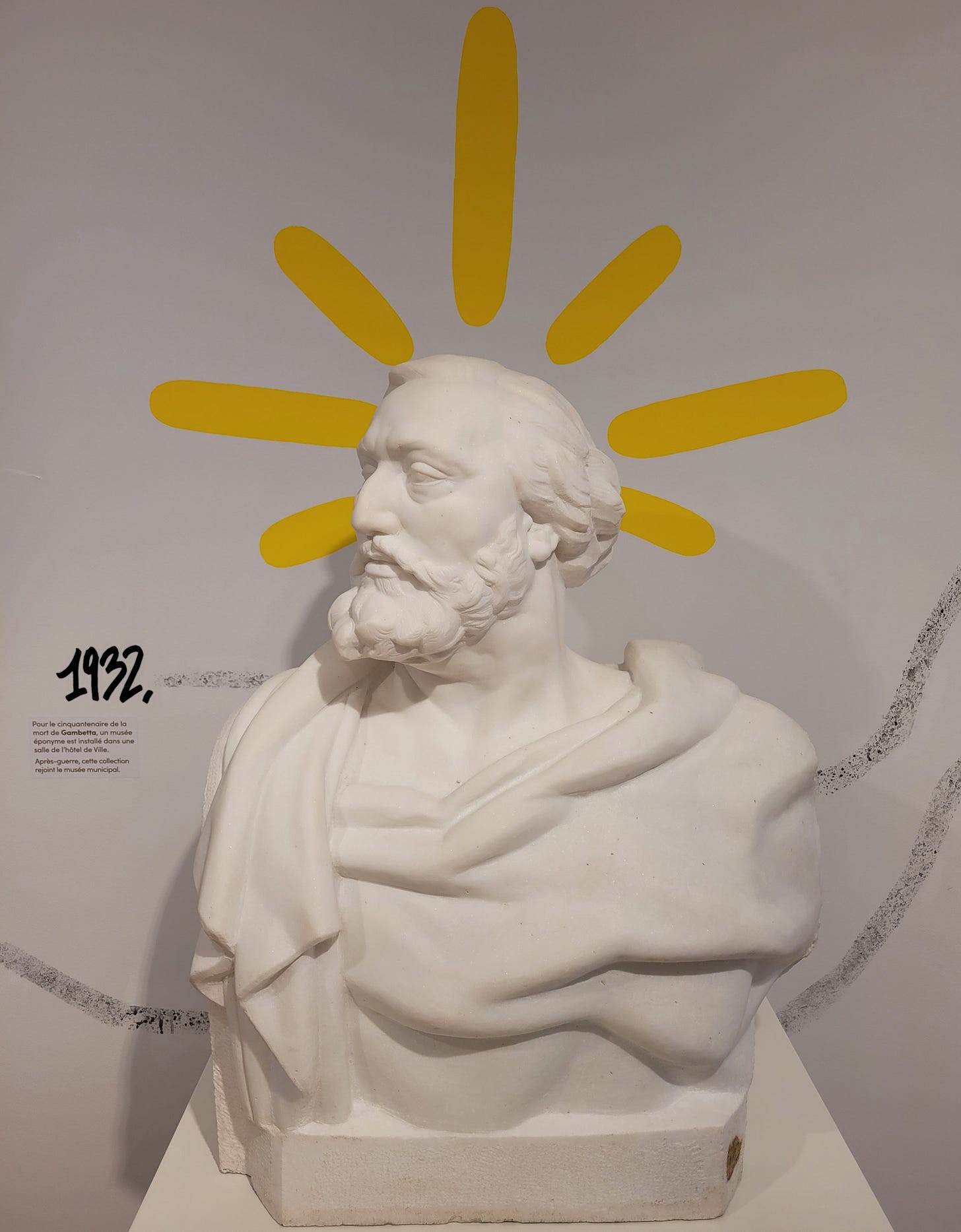
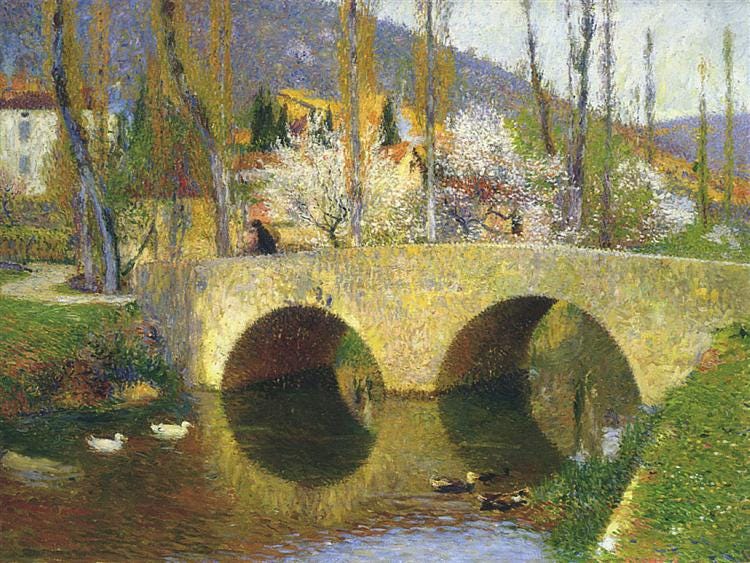

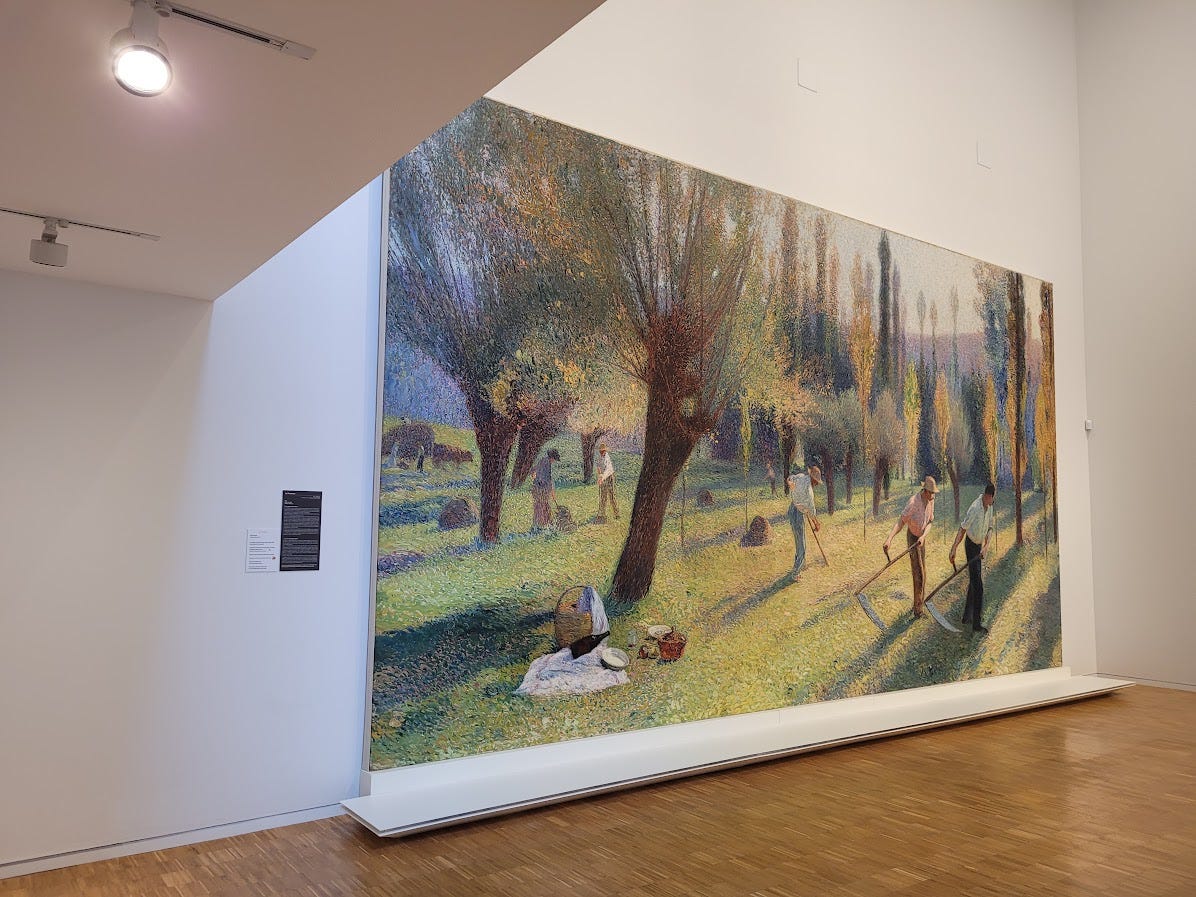
After visiting Cahors and the Lot for decades, I love discovering so many new things with you Betty! The Old is grand and the New is much merited! Brava for being our willing guide!
As the previous one, a fantastic, fun and very informative article! I love food markets like Les Halles. I knew nothing about Cahors before reading your first piece about it, I am so grateful for this second one, and I am looking forward to the third one. I did not know Henri Martin, and I loved his work shown in your piece, and what a story about that mural! I had no clue that Léon Gambetta was a “Carducien” (and I love that word as much as Lorraine Tilbury, who wrote the first comment, does. 😊